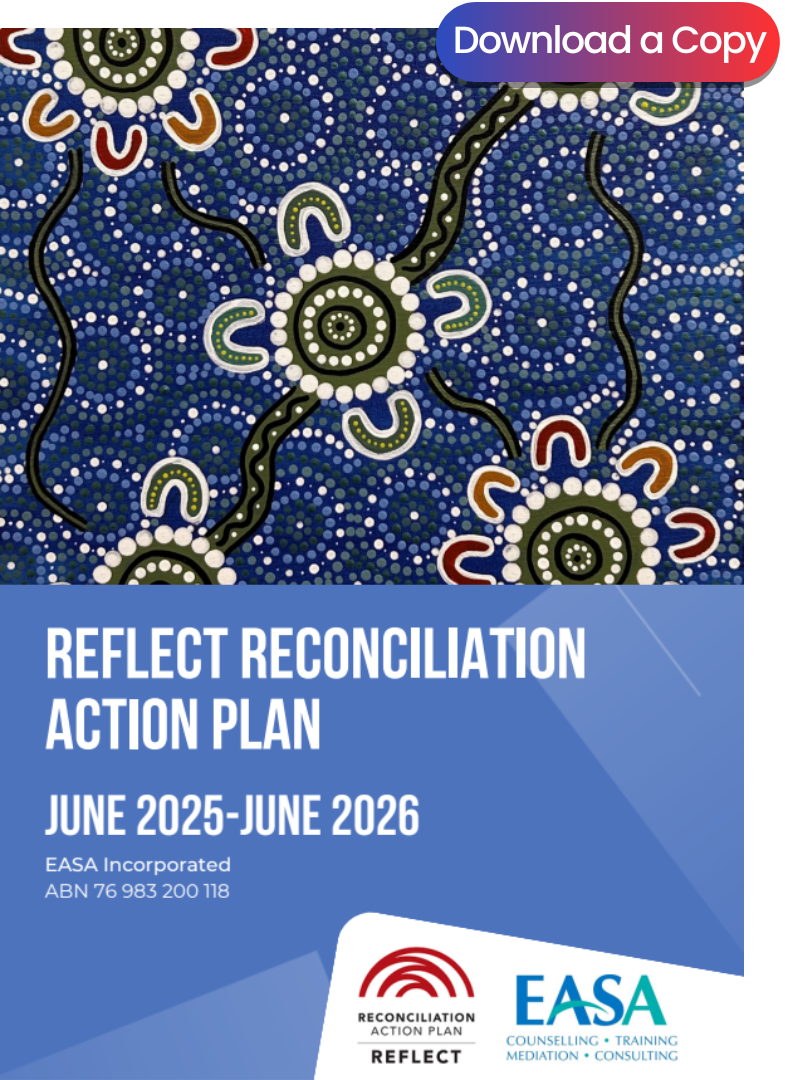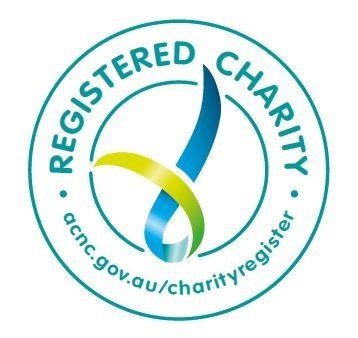Mediation and facilitated discussion are empowering processes that enable participants to feel heard and considered, and can greatly assist towards resolving conflict within your workplace.

Mediation
“Mediation is a process by which a neutral third party called a Mediator helps people in conflict negotiate a mutually acceptable agreement. The parties to the mediation control the outcome.” – Australian Mediation Association
A Mediator facilitates communication, promotes understanding, assists your team members to identify their needs and interests, and uses creative problem-solving techniques to enable them to reach their own agreement.
It is not the role of the mediator to offer advice or training. A mediator facilitates a structured process.
The mediation process is designed to assist with reaching a mutual agreement, as determined by each of the participants. This process is bound by full confidentiality, unless otherwise specifically directed by all participants in their mediation agreement.
Facilitated Discussion
A facilitated discussion follows a similar structure as a mediation process; however, a mediation is a conversation that is directed by the needs of each of the participants or the parties, whereas the direction of a facilitated discussion is guided by the facilitator.
A facilitated discussion will be directed in alignment with the background information that has been provided by a referrer. A referrer is usually an employer representative (i.e. Human Resources or direct line manager), insurance provider, or other industry body.
Any discussion or meeting is typically more productive when directed – with a clear agenda and expected outcomes. Unstructured and unresolved meetings can become repetitive, with the potential to create more tension each time a discussion or meeting is revisited. As you can imagine, this protracted process can become very draining for all involved. To this end, a facilitated discussion is most often focused on reaching specific, targeted outcomes as directed by the referrer.
In addition, the facilitated discussion process commonly includes reporting requirements back to the referrer. For reporting to occur, all participants must sign a release of information prior to commencing the facilitated discussion process. If all participants do not sign a release of information, then reporting cannot be provided.
Myth 1: It's all my fault.
Typically, most people who participate in a conflict resolution process feel like they are solely at fault; this is very rarely the case. A conflict or disagreement has occurred and, more often than not, the conflict has occurred due to a breakdown in communication in which both parties share mutual responsibility.
Conflict is a natural part of any human interaction, and communication breakdowns are incredibly common. However, in cases where positive communication cannot be re-established by the individuals involved in the conflict, a facilitator or mediator can assist with creating clear communication pathways by facilitating open conversation and building bridges to enable participants to reach a greater understanding of each other and the situation.
Myth 2: Taking conflict outside of the company is just lazy.
Oftentimes it can be very difficult for participants to negotiate and reach a positive resolution within their physical workplace. Conducting heightened discussions on neutral ground can immediately remove any conscious or unconscious pressures that may be attached to the everyday working environment. Providing this neutral space can allow each participant to communicate more freely and without judgement, under the guidance of an experienced facilitator or a mediator.
Myth 3: I'm going to be forced into doing something I don't want to.
The role of a mediator is to ensure all parties feel safe, supported, and able to consider all aspects of the situation from all points of view. When all parties are able to understand each other, they are better able to put forward their own point of view as considered requests that clearly communicate their individual needs.
One of the core foundations of a mediation or a facilitated discussion is to create a space where all parties can approach an issue on equal footing. While the mediator cannot provide direct advice, they can ask participants guiding questions, helping them to articulate their position in order to progress towards a positive and mutually agreeable resolution.
Mediation and facilitated discussion are empowering processes that enable participants to feel heard and considered, and can greatly assist towards resolving conflict within your workplace.
To discuss how a professional mediator or facilitator can assist with resolve conflict in your team, please contact the CORP Coordinator on (08) 8941 5661 or corp@corp.org.au.
*This article was written by Barbara Clifford (Mediator), and edited by Jenna Lacey (CORP Coordinator).








